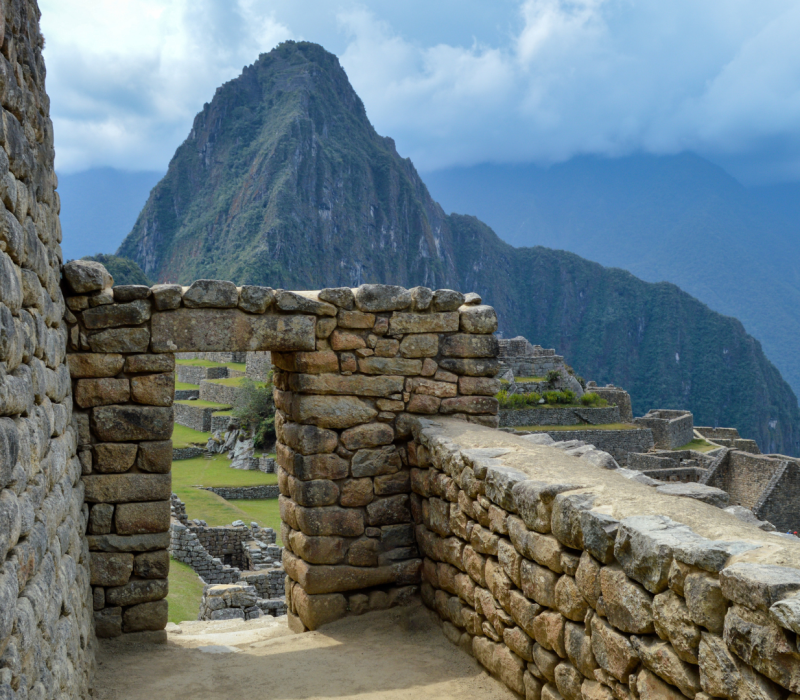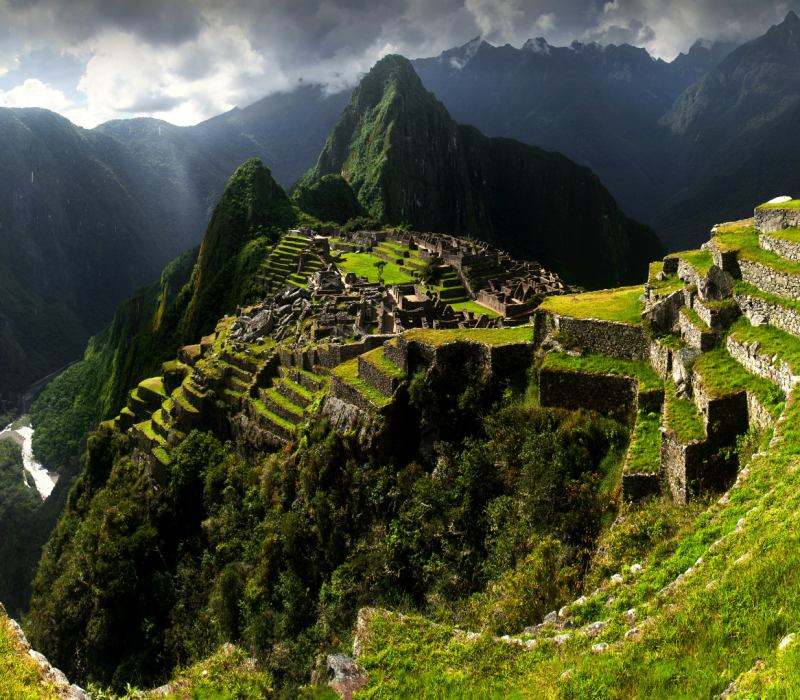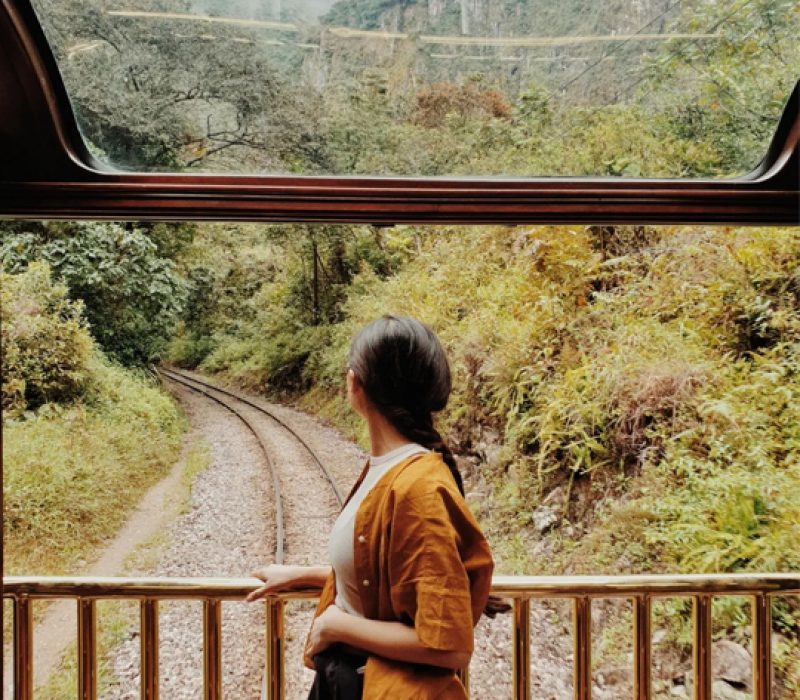Visiting Machu Picchu is not just another excursion: it is an experience that mixes history, mysticism and physical effort. But for some time now, it has no longer been possible to walk freely through the sanctuary. To take care of the site and organize the flow of visitors, the authorities implemented a system of circuits.
At first glance it may seem like a complication, but if you look closely, it is a smart way to explore without crowds and with the possibility of choosing the type of experience you want to live: more panoramic, more historical or more challenging.
Today there are three main circuits, and within each one, variants or routes that adjust them to different levels of difficulty and tastes. Here I explain them in detail so that you arrive with everything clear and without having to go googling at the entrance door.
Panoramic Circuit 1: the view and the postcard photo
If you dream of the classic image of Machu Picchu, the one that appears on all postcards and wallpapers, this is your circuit.
Includes
The tour starts at the top, known as the Guardian’s House, from where you can get the best panoramic views of the citadel and Huayna Picchu in the background. It’s the perfect postcard: green terraces, grey stone and clouds floating as if someone had put them there on purpose.
There are several sub-routes within the circuit:
- Route 1-A: includes the climb to Machu Picchu Mountain (3,082 m a.s.l.). It’s a demanding trek, but the views make up for every drop of sweat.
- Route 1-B: it is the short and panoramic version, ideal if you want good photos without so much physical exhaustion.
- Route 1-C: leads to Inti Punku, the Sun Gate, which was formerly the entry point for Inca Trail walkers.
- Route 1-D: Arrive at the Inca Bridge, a trail carved into the rock that impresses with its engineering and vertigo.
How to live
Circuit 1 has a special energy. You feel on top of the world. If you get up early and manage to get into the first shift, you’ll see the sun break through the mountains and bathe the stone in a golden glow. It is a silent, almost sacred spectacle.
Of course, you do not access the urban heart of Machu Picchu. It is more visual than archaeological. Perfect if you want to enjoy, breathe and observe without going into technical details.
Circuit 2 Classic: complete and balanced
This is the most chosen by those who want a comprehensive experience. Combine the panoramic views with the tour of the temples, squares and internal staircases.
Includes
- Route 2-A: the classic circuit. Pass by the Temple of the Sun, the Intihuatana (Inca sundial), the Sacred Rock , and the Main Square.
- Route 2-B: shorter version, but with access to the most symbolic areas.
The circuit winds through the heart of the citadel. It’s where you truly understand why Machu Picchu was a jewel of the Inca empire. Each wall is embedded stone by stone with millimetric precision. Each terrace tells how they farmed on the slopes without anything crumbling.
How to live
It is the circuit that balances history, walking and views. Ideal if you go for the first time.
The pace is smooth: you move forward, stop, listen to your guide’s story, or just stare at the green peaks surrounding the Urubamba Valley.
In about two or three hours you finish it, although no one leaves without staying a while longer on the lower terrace, contemplating in silence.
Circuit 3 Royalty: the internal, spiritual and archaeological
Less panoramic, more introspective. Circuit 3 introduces you to the skin of the Inca city. You will not have the great photo from above, but you will visit temples and passages that few tourists get to see.
Includes
It has four variants:
- Route 3-A: includes the climb to Huayna Picchu, the mountain that appears in the background of all postcards. It is one of the most famous hikes in the world: steep, narrow and spectacular.
- Route 3-B: Visits temples and urban areas, such as the Temple of the Condor, the Temple of the Three Windows , and the Royal Houses.
- Route 3-C: Arrive at the Great Cavern or Temple of the Moon, a hidden gem that few dare to.
- Route 3-D: goes to Huchuy Picchu, a small mountain easier to climb than Huayna Picchu, but also with beautiful views.
How to live
This circuit has a more intimate tone. It forces you to look closely, to notice the details. Here it is not so much about the panoramic view but about contact with stone, architecture and symbols.
The climb to Huayna Picchu is a separate experience: stairs carved into the rock, precipices on the sides, and a feeling of touching history with your hands.
Comparative table of the tourist circuits of Machu Picchu
| Aspect | Circuit 1 – Panoramic | Circuit 2 – Classic | Circuit 3 – Royalty / Internal |
|---|---|---|---|
| Main focus | Panoramic views and the iconic photo from the Guardian’s House. | Balanced tour of viewpoints and main temples. | Internal areas and sacred temples, less wide views. |
| Routes included | 1A (Machu Picchu Mountain) – 1B (Upper viewpoint) – 1C (Sun Gate) – 1D (Inca Bridge). | 2A (Complete citadel) – 2B (Short version by lower terraces). | 3A (Huayna Picchu) – 3B (Temples) – 3C (Great Cavern) – 3D (Huchuy Picchu). |
| Average duration | 1 to 4 hours (depending on the route). | 2 to 3 hours. | 2 to 3 hours (Huayna Picchu adds 1 extra hour approx.). |
| Difficulty Level | Moderate to high (if it includes mountain). | Medium, with gentle ascents and descents. | Medium to high, especially if you climb Huayna Picchu. |
| Highlights | Classic gazebo, upper terraces, wide views of the valley. | Temple of the Sun, Intihuatana, Main Square, Sacred Rock. | Temple of the Condor, Royal Houses, Temple of the Moon, Huayna Picchu. |
| Ideal for… | Those looking for photos, views and a visual experience. | First-time travelers or those who want to know the essentials. | Lovers of archaeology, history or the most demanding hiking. |
| Advantages | The best panoramic views and fewer crowds in certain sections. | It is the most complete and balanced. | More intimate and in-depth experience, with fewer tourists. |
| Disadvantages | It does not enter the main temples. | It can be filled with large groups and tours. | It doesn’t offer the iconic view; more closed route. |
| Recommended for | Photographers, travelers short on time or looking for landscapes. | First-time visitors, families or those interested in general history. | Adventurers, curious or those who repeat the visit and are looking for another look. |
Practical tips so you don’t get lost
Book in advance: tickets sell out fast, especially for Huayna Picchu.
Choose your shift wisely: the morning time (6 to 10 a.m.) has better light for photos, but also more people.
Don’t try to improvise: once inside, you can’t change circuits or go backwards.
Wear firm shoes, water and sunscreen. The weather changes in minutes.
Avoid carrying a lot of weight: the controls at the entrance are strict and do not allow large backpacks.
Machu Picchu is not explained only with data. There is something that is felt. That mix between the perfection of the stone and the silence of the surroundings leaves you with a feeling that is difficult to describe. The circuit system may seem like a limitation, but it actually forces you to look differently: less rush, more observation.
Each path reveals a face of the shrine. There is no “best circuit”, there are different experiences.
And in the end, what you are left with is not the route you chose, but the moment you stopped and, for a second, understood why the Incas built their city so close to the sky.


